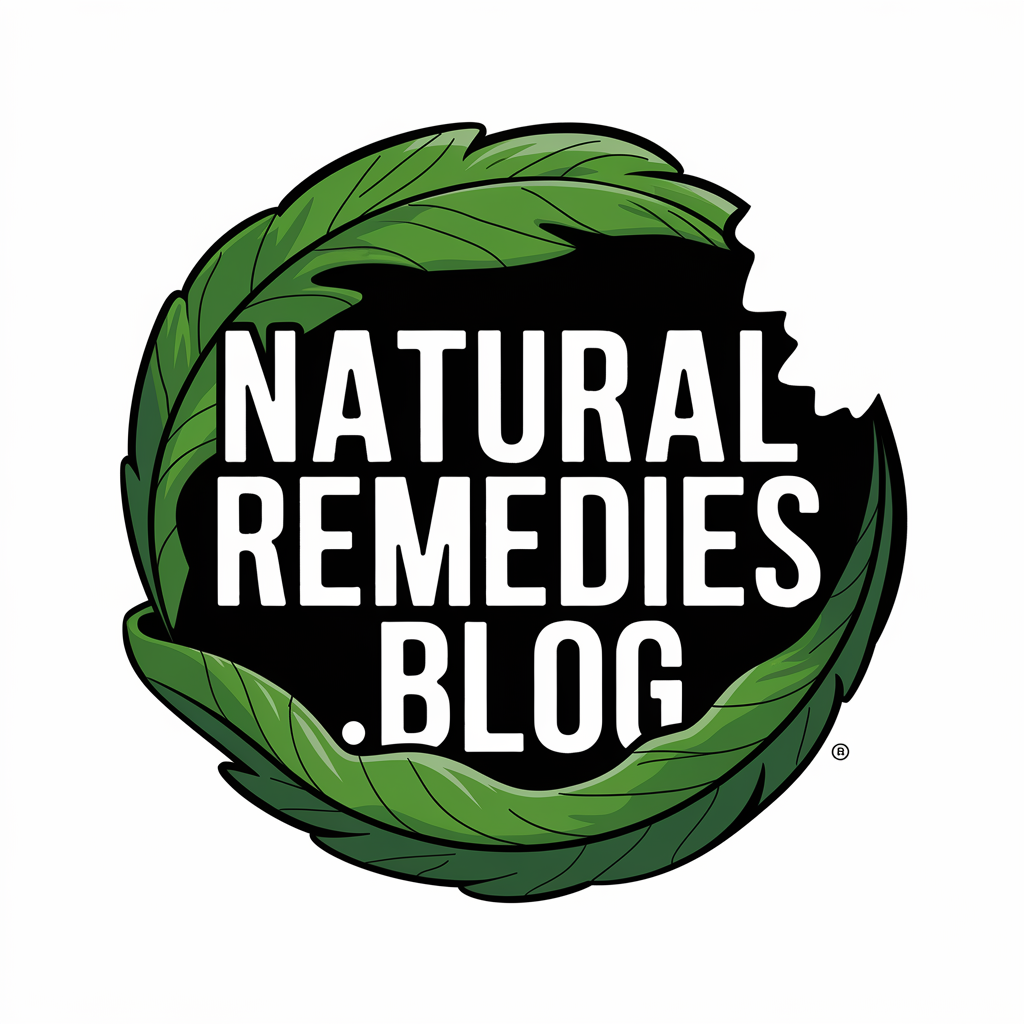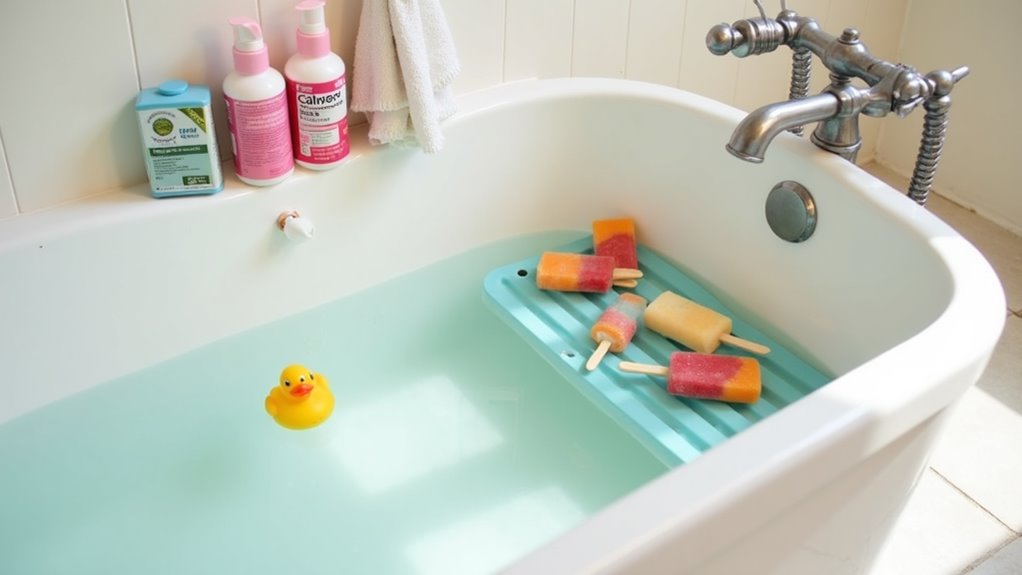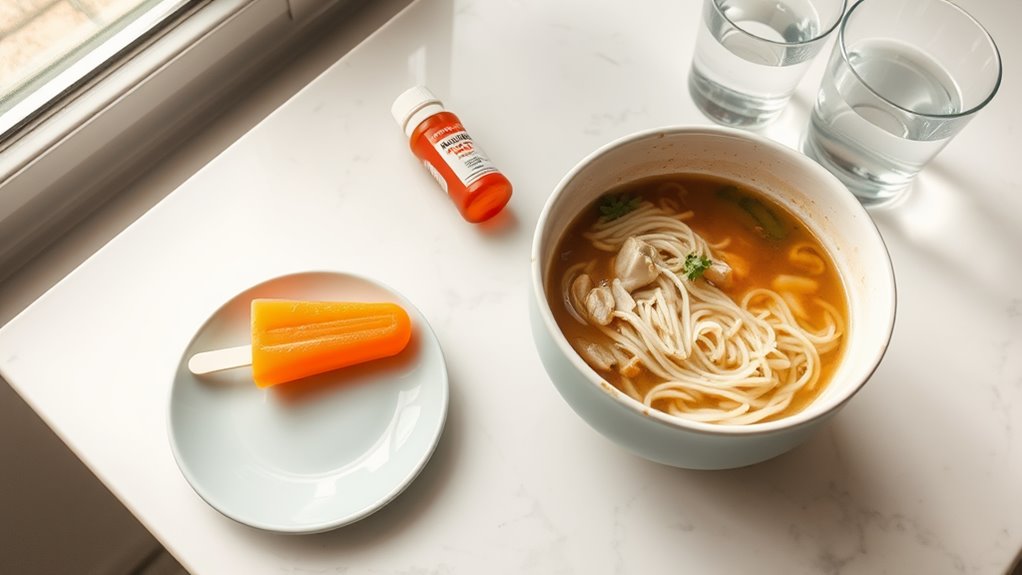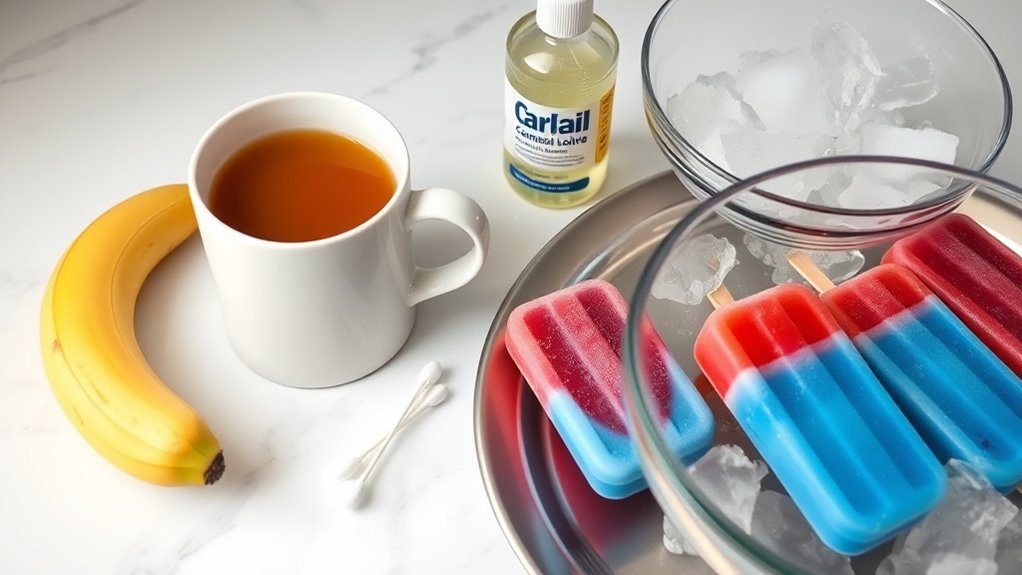What I Use to Soothe My Toddler’s Hand, Foot, and Mouth Symptoms
You can soothe your toddler’s hand, foot, and mouth symptoms with several proven methods. Use children’s acetaminophen or ibuprofen for fever and pain, offer cold treats like sugar-free popsicles for hydration, and apply calamine lotion to irritated skin. Give lukewarm baths with colloidal oatmeal or baking soda, and use oral anesthetic spray for mouth sores. While these immediate solutions help, a comprehensive care approach ensures your child’s optimal comfort and recovery.
Understanding Hand, Foot, and Mouth Disease Signs
While hand, foot, and mouth disease can be distressing for both parents and children, recognizing the early signs allows for prompt care and comfort measures.
You’ll typically notice fever and sore throat first, followed by painful sores in your child’s mouth within 1-2 days. Small red spots then appear on hands, feet, and buttocks, developing into blisters.
Your toddler may become irritable and refuse food due to mouth discomfort. Before starting hand foot and mouth disease remedies, confirm the diagnosis with your pediatrician, as similar rashes can indicate other conditions.
Essential Items for Your Medicine Cabinet
Several key medicines and supplies should be readily available to help manage your toddler’s hand, foot, and mouth symptoms.
Stock your cabinet with acetaminophen or ibuprofen to reduce fever and pain, along with an oral anesthetic spray for mouth sores.
Include a digital thermometer to monitor temperature and calamine lotion to soothe skin rash.
Keep oral rehydration solutions on hand to prevent dehydration from reduced fluid intake.
You’ll also need soft-bristled toothbrushes, petroleum jelly for lip comfort, and cold compress packs.
Consider adding antihistamine for itch relief if recommended by your pediatrician.
A salt water solution can provide natural relief when used as a gargle or soak for affected areas.
Cooling Foods and Beverages That Help
When your toddler battles hand, foot, and mouth disease, cold and soothing foods can provide significant relief from painful mouth sores.
You’ll find that cold yogurt and smoothies offer both comfort and essential nutrients, while being easy for your child to swallow during this uncomfortable time.
Offering popsicles and ice chips can help numb the pain temporarily and prevent dehydration, especially if your toddler is reluctant to drink regular fluids.
Cold Yogurt and Smoothies
Since hand, foot, and mouth disease often causes painful mouth sores, cold yogurt and smoothies can provide much-needed relief while ensuring your toddler stays nourished and hydrated.
When preparing these soothing treats:
-
Choose Greek yogurt for higher protein content and blend it with frozen fruit to create a thick, numbing consistency.
-
Incorporate vitamin C-rich fruits like strawberries and citrus to support immune function.
-
Add honey (for children over 12 months) to provide natural antibacterial properties and sweetness.
-
Serve at a consistently cool temperature, but avoid extreme cold that could cause discomfort.
These nutrient-dense options help maintain caloric intake when eating solid foods becomes challenging.
Popsicles and Ice Chips
Ice pops and frozen treats offer targeted relief for toddlers suffering from hand, foot, and mouth disease by numbing sore areas and providing essential hydration.
You’ll want to offer these frozen options frequently throughout the day to manage pain and prevent dehydration:
| Type | Benefits | Best Times |
|---|---|---|
| Sugar-free popsicles | Low calories, numbing | Between meals |
| Crushed ice | Pure hydration | Continuous access |
| Frozen fruit bars | Vitamins, natural sugars | After meals |
For ice chips, crush them finely to prevent choking hazards. Monitor your child while they consume frozen treats, and don’t force feed if they resist. These cooling options work best when alternated with other soothing treatments.
Natural Remedies for Pain Relief
While medications can help manage pain, several natural remedies can effectively soothe your toddler’s discomfort from hand, foot, and mouth disease.
-
Apply cold chamomile tea compresses to affected skin areas – the anti-inflammatory properties help reduce pain and swelling.
-
Use raw honey on mouth sores – its natural antibacterial properties promote healing while providing pain relief.
-
Draw a lukewarm baking soda bath – this helps neutralize the pain from blisters and calms irritated skin.
-
Create a coconut oil and lavender essential oil mixture – gently dab on sores for its antimicrobial and calming effects.
These natural solutions complement medical treatments and provide gentle relief for your child.
Consider adding plain organic yogurt to their diet, as its probiotic properties can help boost the immune system during recovery.
Keeping Your Toddler Comfortable at Night
Getting adequate sleep is crucial for your toddler’s recovery from hand, foot, and mouth disease, yet nighttime symptoms often intensify and cause significant discomfort.
Keep your child’s room cool and use lightweight cotton pajamas to prevent overheating, which can worsen skin irritation. Apply calamine lotion before bedtime to soothe itchy rashes.
You’ll want to elevate your toddler’s head slightly to help with any throat discomfort and reduce drooling. Consider using a cool-mist humidifier to maintain optimal air moisture and ease breathing.
If your pediatrician approves, give pain medication 30 minutes before bedtime to help manage overnight discomfort.
Similar to monitoring cloudy urine during kidney stones, watch for changes in your child’s urine color or frequency as these could indicate dehydration.
Managing Fever and Discomfort
When your toddler develops fever and discomfort from hand, foot, and mouth disease, you’ll need to implement both medicinal and comfort measures.
You can administer children’s acetaminophen or ibuprofen as directed by your pediatrician to reduce fever and ease pain, while applying cool compresses to affected skin areas provides localized relief.
A lukewarm bath can help lower your child’s temperature and soothe irritated skin, but avoid cold water as it may cause shivering and actually increase body temperature.
For extra comfort during rest periods, ensure your child’s head is elevated at 30 degrees using a wedge pillow to help with breathing and reduce coughing symptoms.
Cool Compresses and Medications
Since fevers and discomfort commonly accompany hand, foot, and mouth disease, managing these symptoms should be your top priority.
You’ll need to act quickly to help your toddler feel better using proven methods for symptom relief.
- Apply cool, damp washcloths to painful mouth sores or skin blisters for 5-10 minutes at a time.
- Give acetaminophen or ibuprofen according to your pediatrician’s recommended dosage for fever reduction.
- Use over-the-counter oral pain relief gels specifically formulated for toddlers.
- Place ice packs wrapped in soft towels on hands and feet to reduce inflammation and discomfort.
Lukewarm Baths Help Comfort
Lukewarm baths provide essential relief for toddlers suffering from hand, foot, and mouth disease by helping regulate their body temperature and soothing irritated skin.
Keep bath water between 90-95°F (32-35°C) and limit bathing sessions to 10-15 minutes to prevent skin from drying out.
You’ll want to avoid hot water, which can worsen inflammation and discomfort.
Add colloidal oatmeal or baking soda to the bath for extra skin-calming benefits.
After the bath, pat your child’s skin dry gently and apply a mild, fragrance-free moisturizer.
Don’t rub the towel on their skin, as this could irritate existing blisters and rashes.
Preventing Dehydration During Recovery
Because hand, foot, and mouth disease often causes painful mouth sores, your toddler may refuse to eat or drink, putting them at risk for dehydration.
To ensure your child stays hydrated during their recovery:
- Offer cold liquids frequently through a straw placed towards the back of the mouth, bypassing painful sores.
- Try frozen treats like sugar-free popsicles or frozen yogurt that can numb discomfort while providing hydration.
- Monitor urine output – your child should urinate at least every 4-6 hours.
- Watch for signs of dehydration including decreased tears, dry mouth, or lethargy – seek immediate medical care if these develop.
Creating a Soothing Bath Time Routine
A lukewarm bath between 85-90°F (29-32°C) can provide significant comfort to your toddler’s irritated skin during hand, foot, and mouth disease.
You’ll want to add colloidal oatmeal or baking soda to the bathwater to help reduce itching and inflammation in the affected areas.
Stock your bath routine with gentle, fragrance-free soap, soft washcloths, and a mild moisturizer to use immediately after patting your child dry.
Cool Bath Temperature Tips
When preparing a bath to soothe your toddler’s hand, foot, and mouth symptoms, maintaining the proper water temperature is crucial for comfort and safety.
The optimal temperature will help reduce fever and provide relief from skin discomfort without causing additional stress.
- Use a bath thermometer to ensure water temperature stays between 85-90°F (29-32°C).
- Test the water with your inner wrist before placing your toddler in the bath.
- Keep bath duration to 10-15 minutes to prevent skin irritation.
- Monitor your child’s response and adjust temperature slightly warmer if they show signs of chills.
Essential Bath Time Products
Beyond maintaining proper water temperature, selecting the right bath products can significantly enhance your toddler’s comfort during hand, foot, and mouth disease.
Choose mild, fragrance-free oatmeal baths or add colloidal oatmeal directly to the water to reduce itching and inflammation. Baking soda can help neutralize acid and soothe sores – add 1/2 cup to bathwater.
Avoid bubble baths, harsh soaps, or scented products that might irritate sensitive skin.
Keep a soft, clean washcloth nearby for gentle cleansing. After bathing, pat your child dry with a soft towel and apply calamine lotion or prescribed medications to affected areas.
When to Contact Your Pediatrician
Most cases of hand, foot, and mouth disease resolve on their own within 7-10 days, but certain symptoms warrant immediate medical attention.
Call your pediatrician immediately if your child experiences:
- Severe dehydration signs including decreased urination, dry mouth, or lethargy
- High fever lasting more than three days or reaching above 104°F (40°C)
- Neck stiffness, severe headache, or unusual drowsiness
- Signs of skin infection such as warmth, redness, swelling, or pus around blisters
These symptoms may indicate complications requiring prompt medical evaluation and treatment.
Don’t hesitate to seek emergency care if your child’s condition deteriorates rapidly.
Tips for Preventing Spread to Other Family Members
Since hand, foot, and mouth disease spreads easily through close contact, you’ll need to take specific precautions to protect other household members from infection.
Wash hands frequently with soap and water, especially after diaper changes and before meals.
Don’t share utensils, cups, or personal items with the infected person.
Clean and disinfect commonly touched surfaces daily, including doorknobs, toys, and electronic devices.
Keep your child home from daycare or school until fever subsides and blisters dry up.
Teach children to cover their mouths when coughing and avoid touching their face with unwashed hands.
Consider using antimicrobial coconut oil on skin lesions to help prevent secondary infections while healing.






